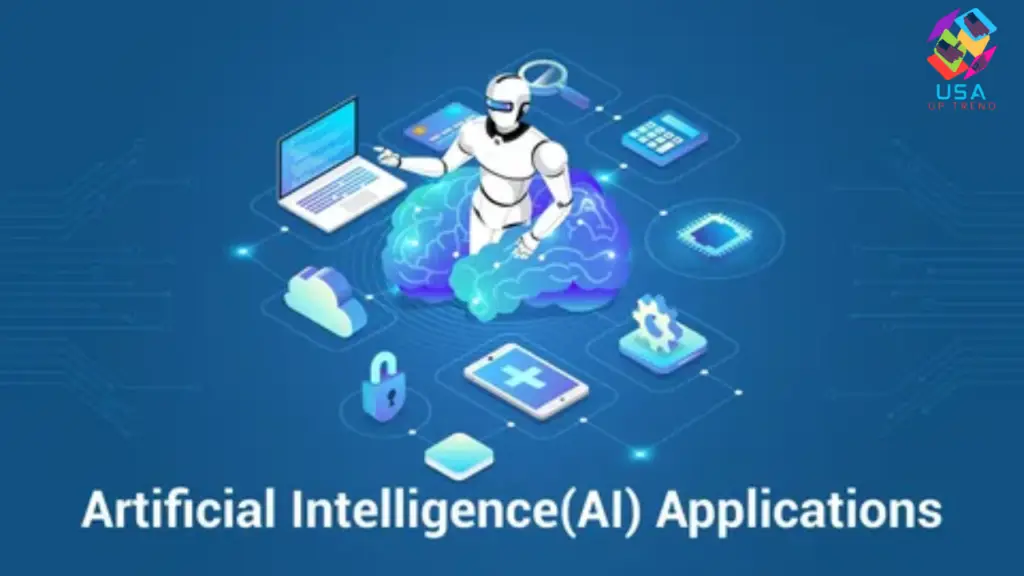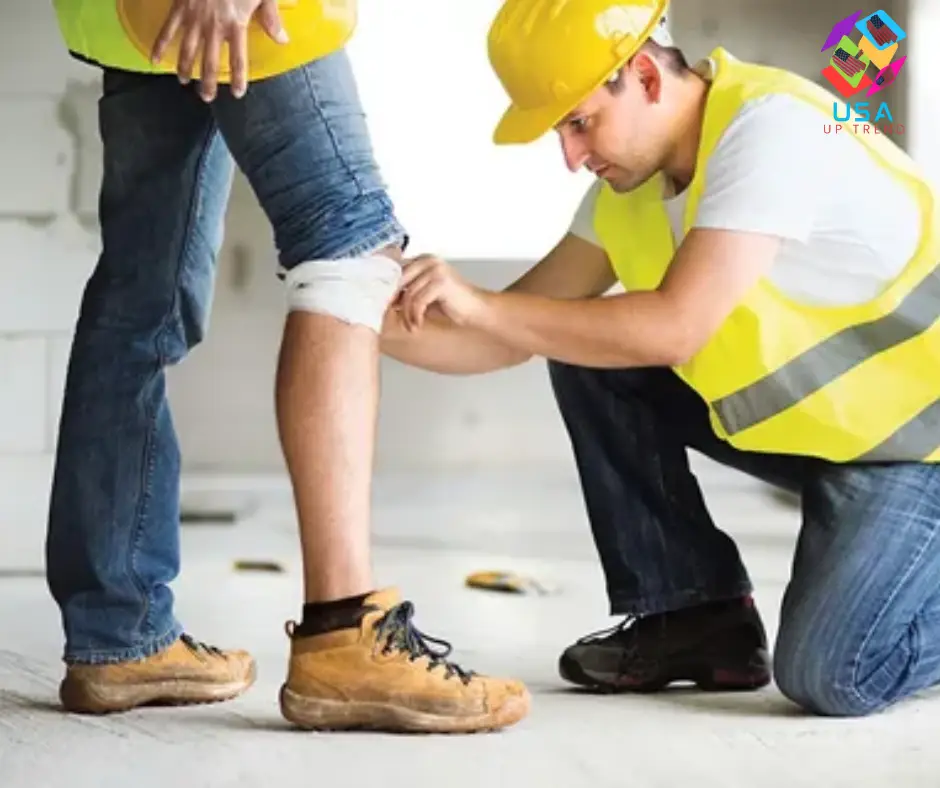Introduction
Technology impact on accident insurance Long forms, laborious risk evaluation, and one-size-fits-all policies that seemed about as tailored as a factory-made birthday card. Insurance firms made heavy use of sweeping statistical models and past experience, with not much room for human variation.It is similar to attempting to explain your particular driving habits or existence to an insurance adjuster who’s evaluating you through the limited lens of standard definitions of risk. It was like standing trial by crystal ball which was only proficient at predicting the most rudimentary results.
Key Technological Innovations Shaping Accident Insurance
Artificial Intelligence Applications

Artificial intelligence is the tech superhero of the insurance world. Picture AI as an ultra-intelligent assistant able to scan millions of data points in seconds and identify patterns and risks that would go unnoticed by human analysts.
For instance, AI-powered systems can now:
- Scan driving habits in real-time
- Predict potential accident scenarios even before they occur
- Create bespoke risk profiles with unparalleled accuracy
Machine Learning in Risk Assessment
Machine learning takes risk assessment to a whole new level. While traditional statistical models are fixed, machine learning algorithms continue to evolve, becoming more precise with each bit of information they analyze.
Imagine an insurance system that is learning from every single claim, every single driving behavior, every single weather condition. It’s not just calculating risk; it’s understanding the subtle ballet of conditions that culminate in potential crashes.
Data Collection and Advanced Analysis
Telematics and Wearable Technologies
Remember when insurance was a guessing game? Telematics and wearable technologies have turned it into a precision science. These smart devices collect real-time data about your movements, driving habits, and even physical condition.
A fitness tracker is no longer simply counting your steps – it may be providing insurance companies useful data on your overall health and risk profile. Your car’s onboard computer is a teeming storyteller of your driving behavior, recording everything from acceleration patterns to braking force.
Real-time Risk Monitoring
Real-time risk monitoring puts an end to the concept of insurance as a back-end operation. Instead of sitting idly by waiting for an accident to happen and then making a claim, today’s technologies allow insurers to:
- Provide instant safety alerts
- Provide preventive measures
- Dynamically re-rate risks
It’s having a co-pilot who’s constantly looking out for potential risks and taking you safely through.
Claims Processing Transformation
Automated Claims Evaluation
Those weeks of waiting for a claims adjuster to manually review your case are now behind us. Automated claims evaluation uses advanced algorithms to:
- tImmediately assess damage
- Make accurate repair cost estimates with unerring accuracy
- Rationalize the entire claims process
What used to take weeks in the past now takes minutes, reducing stress and improving customer satisfaction.
Blockchain in Insurance Verification
Blockchain technology introduces unparalleled security and transparency to insurance validation. Each transaction is an irrevocable record, ending fraud and providing a sound system.
Imagine an insurance platform in which all claims, all payments, all exchanges are recorded with certainty. No more doubt, no more fights – only clear, verifiable information.
Tailored Insurance Models
Adaptive Pricing Strategies
Technology enables insurance pricing that is based on your own actions. Good drivers are rewarded, bad behavior is openly priced, and insurance is a truly personalized product.
It’s like having a money manager who understands your exact risk profile and maximizes your insurance costs in real-time.
Individual Risk Profiling
Advanced algorithms create elaborate risk profiles that go far beyond the ancient demographic profiles. Your insurance is no longer age and place based – it is based on your actual behavior, routines, and way of life.
Predictive Technologies

Accident Prevention Algorithms
Predictive technologies are changing the insurance model from compensation to prevention. Advanced algorithms can:It’s as if having a crystal ball that not only predicts future dangers but provides solutions that can be implemented to avoid them.
Predictive Maintenance Technologies
For motor and workplace insurance, predictive maintenance technologies can predict future equipment failure or workplace danger before they become risky incidents.
Mobile App Innovations
Mobile applications are becoming everything risk management devices. They’re not designed to be just policy management – they provide actionable intelligence, safety advice, and real-time assistance.
Data Security Implications
Good cybersecurity becomes imperative as insurance increasingly becomes more data-centric. Protection of sensitive personal and financial data is not only a technological but an ethical requirement.
Future Trends and Predictions
Emerging Technologies
New technologies like quantum computing, superior artificial intelligence, and the Internet of Things will test the boundaries of what is possible in accident insurance.
FAQs
How does AI actually improve insurance risk assessment?
AI scans vast amounts of data to create more accurate, dynamic risk profiles by revealing complex patterns that human analysts might miss.
Are my privacy rights being respected with these new technologies?
Ethical insurance companies have to adhere to strict data protection regulations, so your personal information is protected and used responsibly.
Will advances in technology increase the cost of insurance?
Despite fears, these technologies tend to result in more tailored, possibly lower-cost insurance by penalizing riskier behavior and allowing for better risk assessment.
Conclusion
Technology is transforming accident insurance from a reactive financial product to an intelligent, proactive risk management system. We are moving towards a world where insurance is not just about compensation, but prevention, personalization, and empowerment.
Read More About Technology At USAuptrend.co.uk




